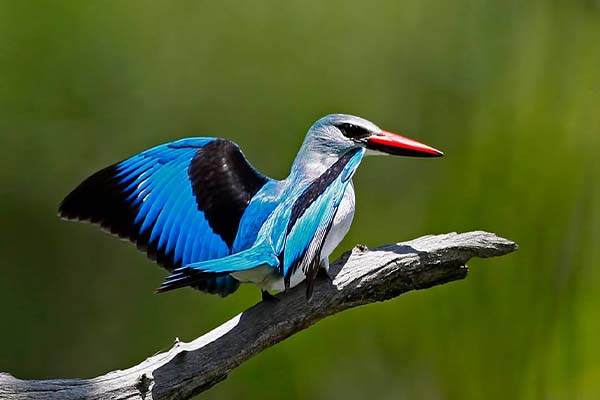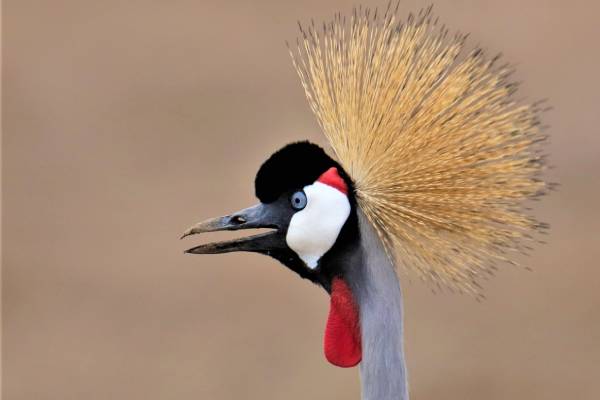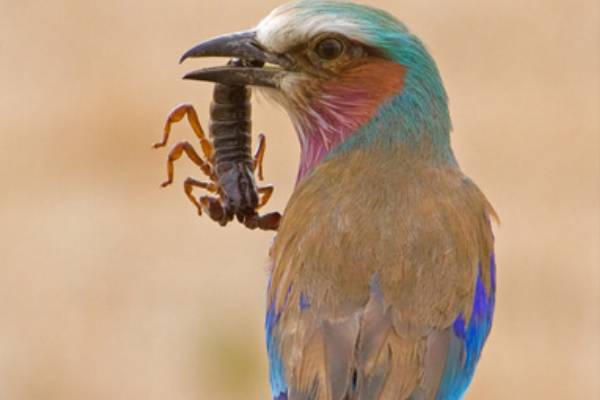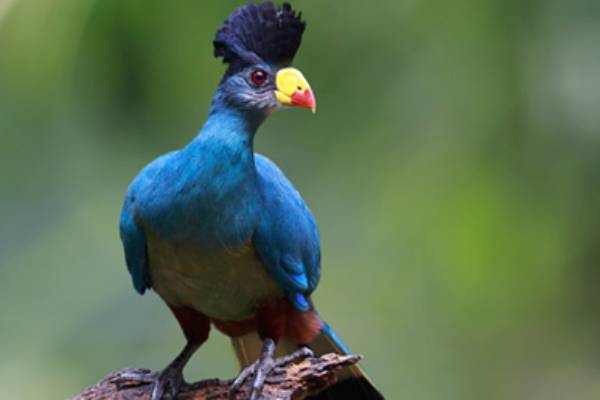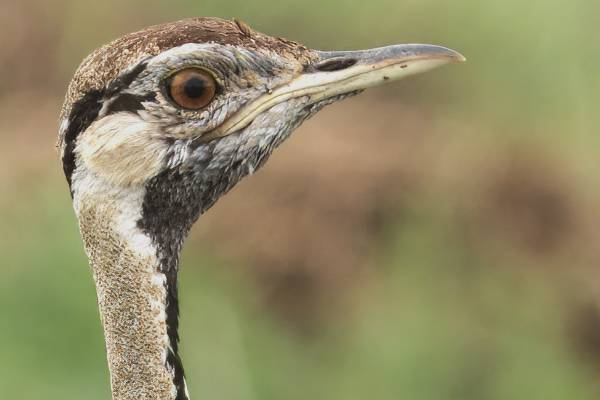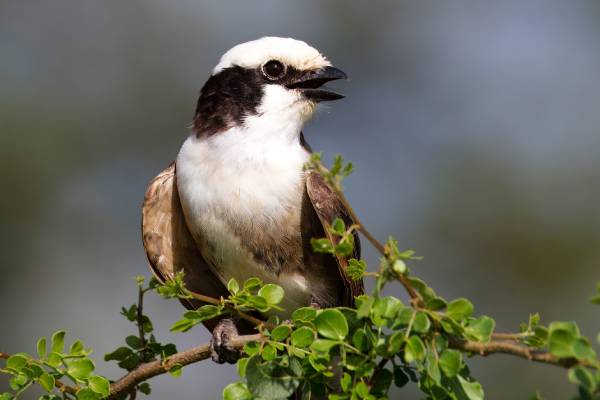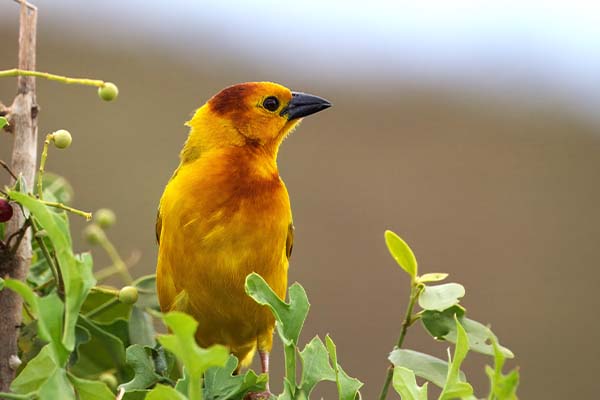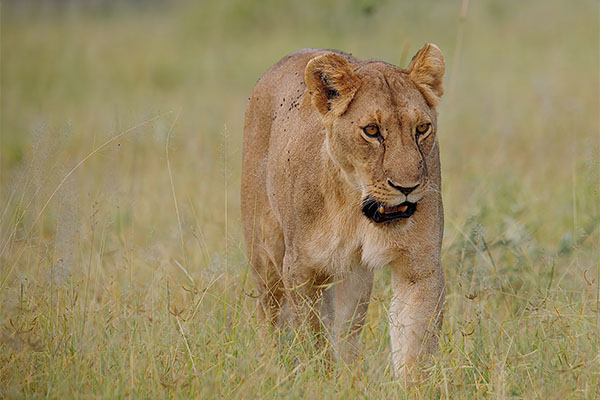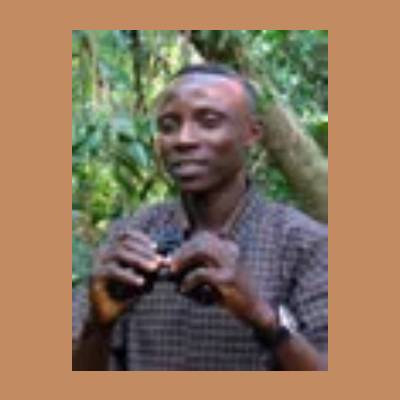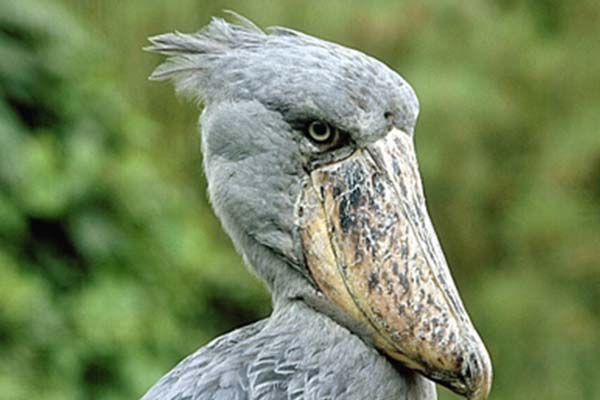
Uganda is one of the richest countries in Africa for birds, with over a thousand species being recorded. This diversity results from Uganda’s position on the Equator at the crossroads of the plains of East Africa and the rain forests which dominate much of West Africa. It is a country of varied and beautiful landscapes with forests, natural lakes and the source of the Nile. Our tour takes in the premier regions for birds including the Impenetrable Forest at Bwindi and the rich forest habitats of Semliki. This trip to ‘The Pearl of Africa’ is bound to produce a long bird list as well as close sightings of primates and mammals. Interesting species recorded on previous visits include the impressive Shoebill, Congo Serpent Eagle, White-spotted Flufftail, Dwarf Kingfisher, Red-billed Dwarf Hornbill, Black Bee-eater, Papyrus Gonolek, Doherty’s Bush-shrike and Purple-breasted Sunbird.
Quotation Includes
- Ground Price: $6,551 Single room: $684
- *Air Fare: Not included
- Tour Price Entebbe/Entebbe: $6551 Deposit: $1200
- This holiday is fully inclusive of accommodation and meals, transport, boat trips, entrance and permit fees, guidance, tips and taxes.
Cost Excludes
- Drinks,
- Insurance,
- Items of a personal nature,
- A visa to enter Uganda.
- If you wish to track gorillas, the current permit costs US$900.00 including entrance fees and
- Guidance. Please advise us when you book if you wish to take this option.
- Permits are limited and should be purchased six months in advance of your visit.

